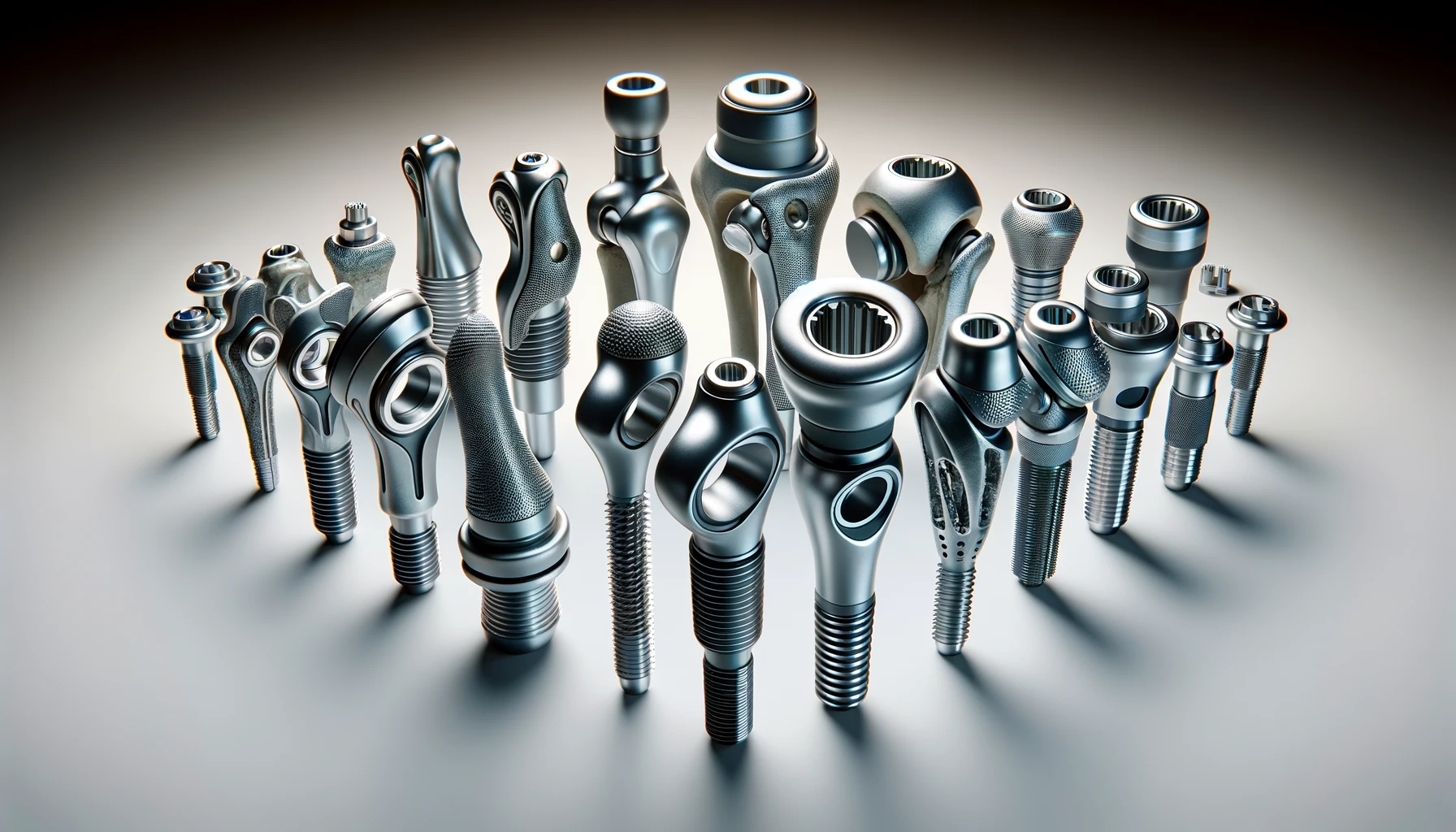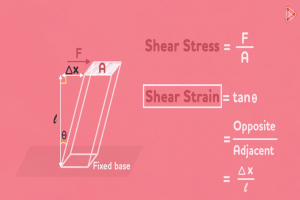Introduction: The Role of Precision CNC Machining in Medical Device Manufacturing?
Precision CNC machining is indispensable in the field of medical device manufacturing, enabling the production of devices with the utmost accuracy and consistency. This technology is particularly critical in the fabrication of medical joint replacements, where each component must match precise specifications for successful patient outcomes.
CNC technology offers unparalleled precision in cutting and shaping materials, essential for components that must fit perfectly within the human body. This introduction delves into how CNC machining has transformed medical procedures by providing tailored solutions that significantly improve recovery times and overall surgical success.
What Is Precision CNC Machining and How Does It Work?
Precision CNC (Computer Numerical Control) machining involves the use of computerized controls to handle complex tools that carve, mill, and shape materials into final products with a high degree of accuracy. This section explains the machinery and processes involved:
- CNC Mills: Utilize rotary cutting tools to remove material in various directions across multiple axes.
- CNC Lathes: Rotate materials against the cutting tool to shape the outer and inner diameters.
- CAD/CAM Software: Systems that design products and instruct machines how to manufacture them.
Technical Explanation: Precision is achieved through the exact movements controlled by stepper or servo motors, allowing for detailed customization of complex parts like joint replacements.
Can Precision CNC Machining Deliver the Custom Features Required for Individual Patient Needs?
In the realm of medical joint replacements, each patient’s anatomy is unique, demanding custom-fitted components for optimal functionality and comfort. Precision CNC machining excels in this area by providing highly specific manufacturing capabilities that can adapt to individual anatomical data derived from medical imaging technologies.
Case Study: Analysis of a custom hip replacement where the CNC machined implant was designed based on the patient’s specific hip measurements, resulting in reduced recovery time and improved mobility.
What Are the Technical Challenges in Customizing Joint Replacements with CNC Machining?
Customizing joint replacements involves several technical challenges that CNC machining helps to address, though not without difficulties:
- Material Selection: Different metals and composites behave differently under machining processes.
- Precision Requirements: Achieving the sub-millimeter precision necessary for medical implants.
- Surface Finish: Ensuring the surface is smooth enough to not cause tissue irritation.
Data Table: Technical challenges and CNC responses.
| Challenge | CNC Solution | Impact on Outcome |
|---|---|---|
| Material Hardness | Adjusted cutting speeds | Enhanced durability |
| Complex Geometries | Multi-axis machining | Improved fit |
| Tool Wear | Regular tool replacement | Consistent quality |
| Production Speed | Optimized machining paths | Reduced lead time |
This table provides an overview of how CNC machining meets specific challenges with innovative solutions, ensuring high-quality joint replacements.
How Does Material Selection Impact the Customization Capabilities of CNC Machines in Joint Replacement?
The choice of material significantly affects the machining process and the final product in joint replacement manufacturing. Materials must be selected based on their mechanical properties, compatibility with human tissues, and wear resistance.
Data Table: Impact of materials on CNC machining for joint replacements.
| Material | Hardness | Machinability | Biocompatibility | Impact on Customization |
|---|---|---|---|---|
| Titanium | High | Medium | Excellent | Ideal for complex shapes |
| Stainless Steel | Medium | High | Good | Less suitable for intricate designs |
| Cobalt-Chromium | Very High | Low | Excellent | Best for high-wear areas |
| Polyethylene | Low | Very High | Excellent | Used for bearing surfaces |
This detailed discussion explores how material properties influence the capabilities of CNC machines in producing customized, durable, and biocompatible joint replacements.
What Innovations Are Shaping the Future of CNC Machining for Medical Implants?
Technological advancements in CNC machining are continually enhancing the way medical implants, especially joint replacements, are manufactured. These innovations not only improve precision but also expand the capabilities of CNC machines to handle complex and varied tasks.
- Adaptive Control Technology: This innovation allows CNC machines to adjust cutting conditions in real time, based on sensor feedback, to compensate for any deviations caused by tool wear or material inconsistencies. This results in higher precision and fewer defects.
- Micro-Machining: With the development of smaller, more precise tools, CNC machines can now produce micro-scale medical components with intricate details, which are critical for minimally invasive surgical techniques.
- Laser Sintering: Combining CNC machining with laser sintering allows for the creation of complex geometries that were previously impossible, particularly with materials that are difficult to machine traditionally.
Data Table: Advancements and their impacts on CNC machining.
| Advancement | Benefit to CNC Machining | Impact on Joint Replacements |
|---|---|---|
| Adaptive Control | Improves accuracy | Reduces implant failure rate |
| Micro-Machining | Enables finer details | Enhances fit and functionality |
| Laser Sintering | Expands material options | Allows for customized density |
Conclusion: Assessing the Suitability of CNC Machining for Future Medical Joint Replacements
CNC machining is not just maintaining its relevance in the field of medical manufacturing; it’s pushing the boundaries of what’s possible. The precision, adaptability, and efficiency provided by CNC machining make it ideally suited for the future needs of medical joint replacements.
- Customization: As patient demand for personalized medical solutions grows, CNC machining’s ability to customize implants quickly and accurately will become increasingly important.
- Integration with Other Technologies: The future of CNC machining includes greater integration with technologies such as 3D printing and AI, which will enhance its capabilities and efficiency.
- Sustainability: With a growing emphasis on sustainable practices, CNC machining can adapt by utilizing more recyclable materials and energy-efficient processes.
Data Table: Future projections for CNC machining in medical applications.
| Technology Integration | Expected Improvement | Impact on Production |
|---|---|---|
| AI and Machine Learning | Increased precision | Reduced waste and cost |
| Hybrid Manufacturing | Flexibility in use | Faster turnaround times |
| Green Manufacturing | Use of sustainable materials | Increased environmental compliance |
Other Articles You Might Enjoy
- Elevating Precision Standards through Chamfer in CNC Machining
1. Introduction: The Pursuit of Unparalleled Precision In the realm of CNC machining, precision is paramount. This section introduces the article by exploring the significance of precision in manufacturing and…
- Precision Prowess: Unveiling the Advantages of China CNC Machining
1. Introduction: The Role of Precision in Manufacturing Excellence In this introductory section, we delve into the critical role that precision plays in manufacturing and set the stage for an…
- Revolutionizing CNC Machining for Complex Aerospace Assemblies
Introduction to CNC Machining in Aerospace Assemblies Computer Numerical Control (CNC) machining represents a significant technological development playing a notable role in the creation of complex aerospace assemblies. CNC machining…






